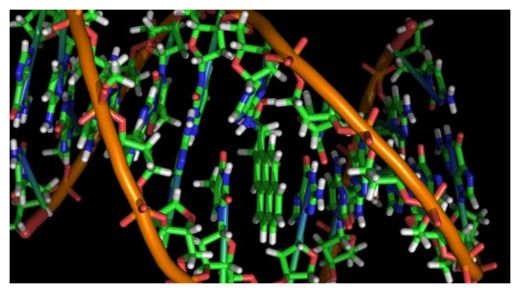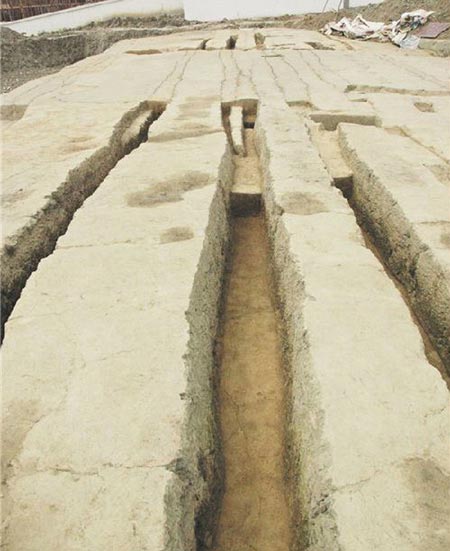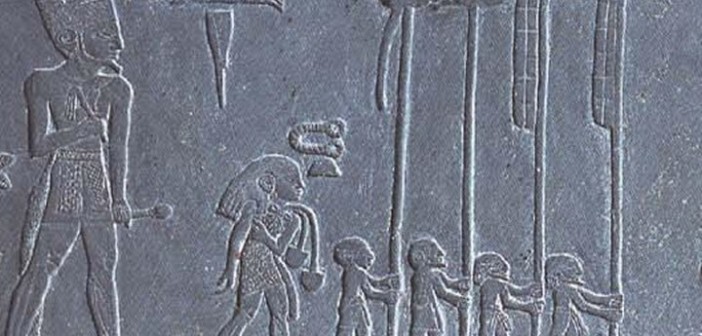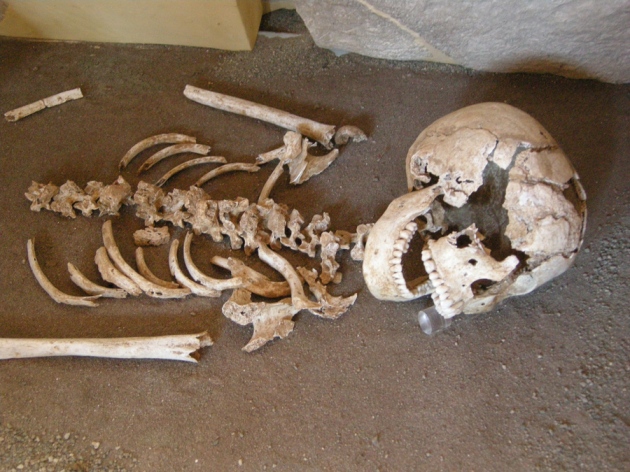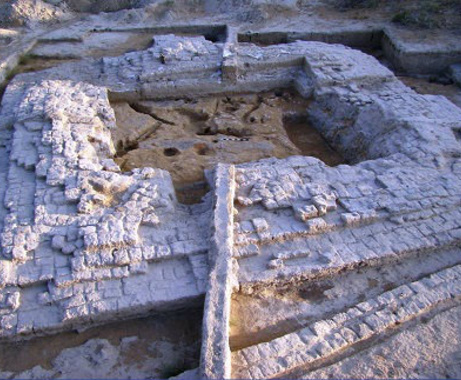
© Fools Crow BlogLusitania on fire.
On this day 99 years ago, a German U-boat sunk the
RMS Lusitania off the southern Irish coast with the loss of 1,195 lives, including 128 Americans. 94 children perished, 31 of them mere babies. This incident became the major catalyst for drawing a reluctant America into the European slaughter pens of World War 1.
But was the sinking of the
Lusitania one of those unfortunate acts that occur randomly during war or was there a more sinister and deliberate hand at work?
In a disputed incident like this, one often gets to the truth of the matter by asking the question, "
Cui bono?" "Who benefits?" After a detailed examination of the facts, one can only come to the conclusion that it was the banksters who benefitted, and grossly at that.
The
RMS Lusitania was one of the world's biggest ships and the pride of the Cunard Line at the time of her demise. "RMS" stands for "Royal Mail Steamer" which meant that the
Lusitania was certified to carry the mail, earning her owners an annual fee of some £68,000.
At the time of her final voyage, leaving New York for Liverpool on May 1
st, 1915, Europe was embroiled in war. Germany had declared the seas around the United Kingdom to be a war-zone and German U-boats were wreaking havoc on enemy shipping. 300,000 tons of Allied shipping were sunk every week and one out of every four steamers leaving Britain never returned. Britain was virtually cut off from her allies and her waters were fraught with danger.

